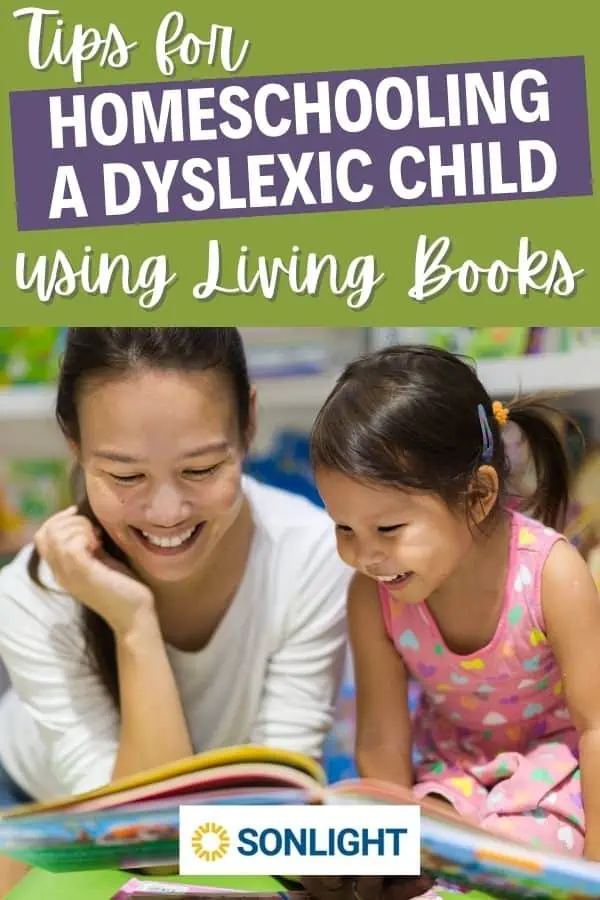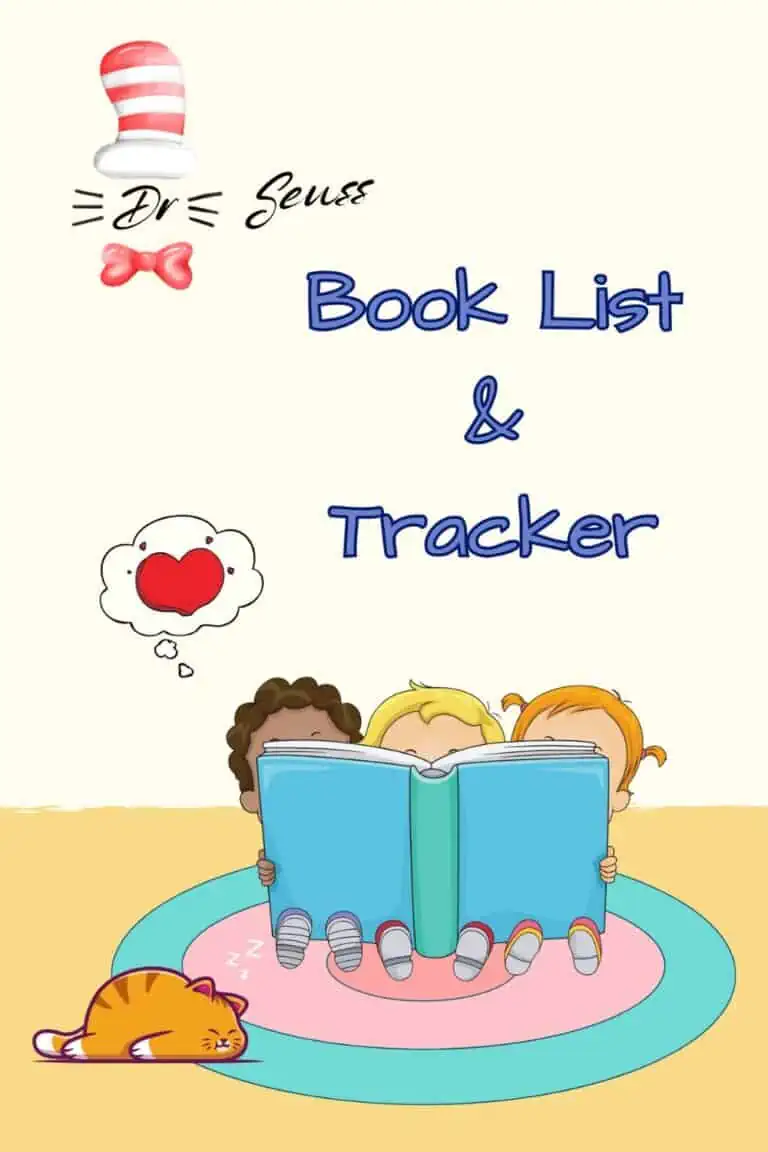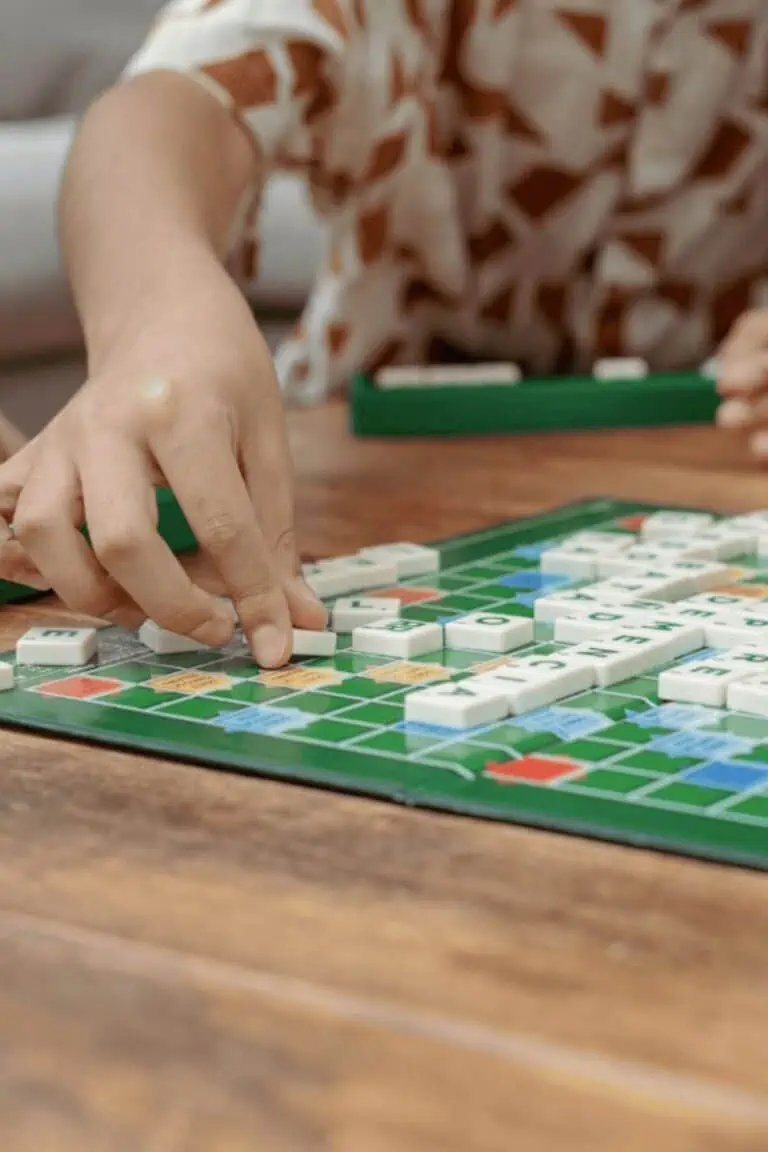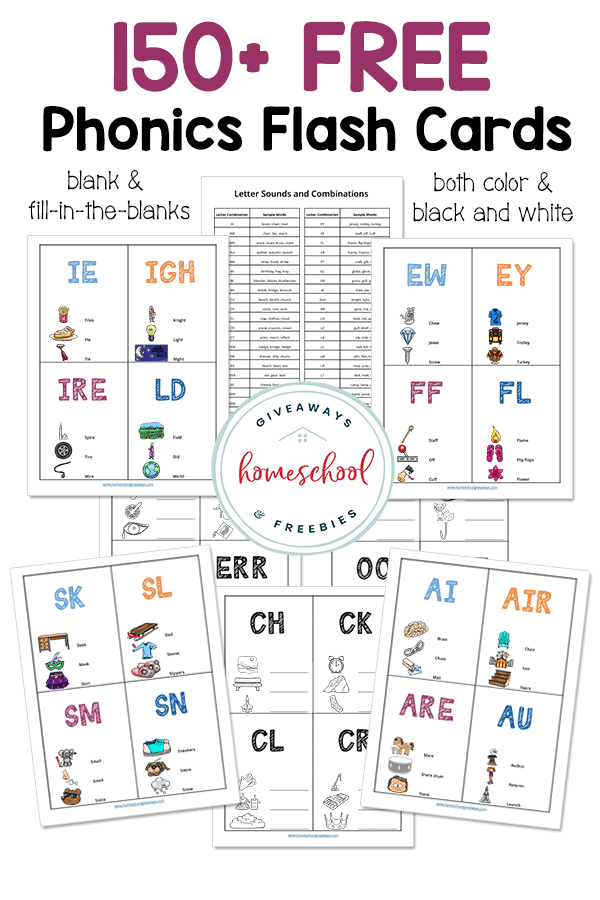Tips for Homeschooling a Dyslexic Child Using Living Books
Published:
August 15, 2023

Contributor:
Sonlight
Disclosure: This post may contain affiliate links, meaning if you decide to make a purchase via my links, I may earn a commission at no additional cost to you. See my disclosure for more info.
Homeschooling a dyslexic child can be the best thing for you and them! While it may seem overwhelming at first, with a bit of education and helpful strategies, you can do an excellent job. A caring parent is the most effective educator for a dyslexic child. Here’s what you need to know to be successful.
Homeschooling a Dyslexic Child
When you begin homeschooling a dyslexic child, you first need to understand the challenges that your child is facing. Here’s a bit of a primer for the homeschool mom who wants to help her child with the learning struggles that accompany a diagnosis of dyslexia.
What is dyslexia?
Dyslexia is a neurological learning disability that primarily affects a person’s ability to read, write, and spell. It is a common condition that does not reflect a lack of intelligence or cognitive ability. Instead, it is characterized by difficulties with language processing, mostly in relation to phonological awareness.
This is why many children are diagnosed with dyslexia early on in their educational experience. As children are learning to read, this challenge shows up in phonological awareness, which is the ability to identify and manipulate the individual sounds in spoken words.
To deep dive into the unique needs of your child, look into the book by educational physchologist Dr. Brock Eide called The Dyslexic Advantage. While there are special needs that your child will have, there is also good news about what you can accomplish in a home education program with your struggling students.
Don’t feel like you are unqualified to direct your child’s education when compared to the public school system. You can learn the best way to teach your dyslexic child help them make solid progress.
What are some of the challenges of homeschooling a child with dyslexia?
When homeschooling a child with dyslexia, you will notice challenges in the areas of decoding, spelling, writing, and reading comprehension.
Here are some of the specific challenges and how they may play out in your homeschool:
- Decoding: Difficulty in recognizing and associating letters with their corresponding sounds, making it challenging to sound out words and read fluently.
- Spelling: Struggling to spell words correctly due to difficulties in phonemic awareness and the rules of sound-letter correspondence.
- Reading comprehension: Difficulty understanding the meaning of what is being read, as the process of decoding can be slow and laborious.
- Writing: Experiencing challenges in organizing thoughts and ideas coherently on paper, often accompanied by spelling and grammar errors.
Early detection and targeted intervention can significantly help individuals with dyslexia to overcome challenges and build upon their strengths in different ways.
Homeschooling a Dyslexic Child Using Living Books
If you are wondering how to homeschool your child with dyslexia, we’ve got some great tips for you. One of the best things is to use living books as much as possible. Dyslexic children can really struggle with dry, boring textbooks filled with seemingly-unconnected and random facts.
But dyslexic children have the superpower of being able to understand connections between concepts and think deeply. Here’s how to use living books with your struggling learner.
Find Your Pace
Dyslexic children will learn at their own pace. Don’t compare their progress to other kids, even their own siblings. Your dyslexic child will also learn how he learns best and be able to accommodate his struggles better as time goes on.
Remember, it’s a growing progress for both of you as you navigate this specific learning challenge. Each dyslexic child will need his own level of support and homeschool parents can accommodate his needs even better than traditional schools can many times.
Use Read Alouds
When you wonder “why is reading to your child important” – this becomes even more crucial when homeschooling a dyslexic child! Just because your child struggles with decoding doesn’t mean they can’t think deeply about topics.
So when you take away the struggle of physically reading the words on a page and instead use read alouds, your dyslexic student can thrive. There is nothing wrong with his intelligence! So allow your dyslexic to thrive by using read alouds as much as possible.
Incorporate Audio Books
Sometimes mom can only read so much, and that’s where audio books come in. Again, there’s nothing wrong with using audio books to help your dyslexic student be able to enjoy the same rich literature as everyone else.
By taking away the struggle of decoding, audio books enable your child to be able to appreciate good stories, excellent literature, and great books. Audio books are one of the best resources for your homeschool.
Use Narration and Discussion Instead of Tests
Dyslexic children struggle to remember random facts, so testing can be difficult. Instead of having them struggle through reading test questions and answering them, use narration and discussion to assess their understanding of the material.
It’s already been said several times, but it’s so important to state again here that dyslexia isn’t related to intelligence. Additionally, dyslexics can many times understand complex relationships and systems even better than “regular” kids – so they’re usually quite capable of conversing about literature, history, science, and more.
As long as you can take the struggle of physically reading and writing out of the equation, dyslexics can do quite well if you use narration as an alternate to test-taking and the written word.
Add Hands-on Activities to Promote Retention
Consider adding in hands-on activities to promote engagement and retention of the material. Some read aloud activities include things like creating story-inspired art, reenacting scenes from the book, mapping locations in the book, and having “imagine if” discussions. Any multisensory approach will be a bonus for a dyslexic child.
Use a Family-Style Literature-Rich Curriculum
Your dyslexic child will benefit from a family-style curriculum that includes a great literature foundation. This literature-rich homeschool for a dyslexic child works because kids with dyslexia are more engaged through literature than through textbooks.
When you’re using living books, your kids can be engaged with discussion rather than drill-and-kill worksheets. The best homeschool curriculum for a dyslexic is a literature-rich curriculum because it’s easy to customize to meet their specific needs.
Have Siblings Read to Each Other
Can another child read to or with your dyslexic student? Having siblings read to each other is another great strategy that will help your struggling reader.
Balance Learning With Fun
Don’t push your struggling learner so much that school becomes total drudgery. How can you balance learning with fun? Include lots of hands-on activities, outdoor play, imaginative play, and activities that will engage multiple senses.
Use Lapbooking
Dyslexic learners will benefit from the hands-on and visual aspect of lap booking. It will help them make connections in their brain to the material in a much more effective way than a black and white textbook would. Grab some free lapbook templates to help get you started.
Incorporate Notebooking
Notebooking is another effective strategy to use when you’re homeschooling a child with learning disabilities, particularly dyslexia. Because notebooking gives your child an active role in his learning, he is able to retain the information better.
It’s a great hands-on strategy that works well for struggling learners.
Tips for Teaching Reading to Students with Dyslexia
There are some very specific teaching strategies that will help you teach reading to your child with dyslexia.
- Use a multi-sensory approach as much as possible.
- Capitalize on sight words to give your dyslexic student some quick wins since decoding is a struggle.
- Continue to work to strengthen their phonological awareness skills, which includes blending phonemes and segmenting words to understand the various parts.
- Repetition! Be patient, but reinforce the foundational phonics instruction with repetition and consistent routine.
- Use dyslexia-friendly fonts.
- Build confidence by allowing your dyslexic child to use audiobooks as needed.
An Orton Gillingham program is the gold standard for teaching reading to your student with dyslexia.
Dyslexia Reading Strategies
Here are more specific dyslexia reading strategies that you may want to try during the school year.
Eye-exercising
Some individuals with dyslexia may experience visual processing difficulties that can be addressed through vision therapy. Vision therapy is a specialized program designed to improve visual skills and abilities and can be used alongside other strategies to help kids with dyslexia.
Preview Text Before Reading
When you preview the text before reading, you will give your dyslexic student a context for his reading. This will help strengthen his confidence as he decodes words.
Skim and Scan Text
Skimming and scanning allow dyslexic individuals to work around their challenges and still access valuable information. Teaching your child how to skim and scan the text can be a useful reading strategy to enhance their comprehension and locate specific information more efficiently.
Minimize Distractions
Dyslexic students have so much to work through when they’re reading that it can be physically exhausting. So as much as possible, try to minimize distractions, whether it’s excessive noise or visual stimulation.
Use Decodable Books for Young Students
Decodable books are those used at the beginning of reading instruction that are carefully sequenced to build on each other with the types of phonemes used. Using this type of book will help your dyslexic student gain confidence in reading.
Make Reading Fun
One key for homeschooling a delayed reader is to make reading fun. You can include goal charts and motivational stickers. Some kids will love prizes. Use whatever will best motivate your dyslexic homeschooler.

Choose the Right Books
You want to choose interesting and engaging kids when you’re homeschooling a dyslexic child. Some kids love graphic novels because the illustrations help them with context as they decode the words. Another idea is to look for books with a dyslexic font.
Finally, let your child read books below their reading level as another way to help them gain confidence. One of the most important things is that they enjoy reading, so choosing the right book is essential.
Can dyslexic people be bookworms?
Yes! Dyslexic people can still learn strategies to help them become better readers. And yes – they can even love to read good books and be considered bookworms!
Do people with dyslexia enjoy reading?
People with dyslexia can definitely enjoy reading. The key is to help them accommodate their learning difficulties and make it easier to read despite their challenges. As the homeschooling parent, continue to help them find strategies that will work for them.
Final Thoughts
Dyslexia is considered a lifelong condition, but with appropriate support and interventions, dyslexic kids can learn to read and write proficiently and achieve academic success in their homeschooling experience.










